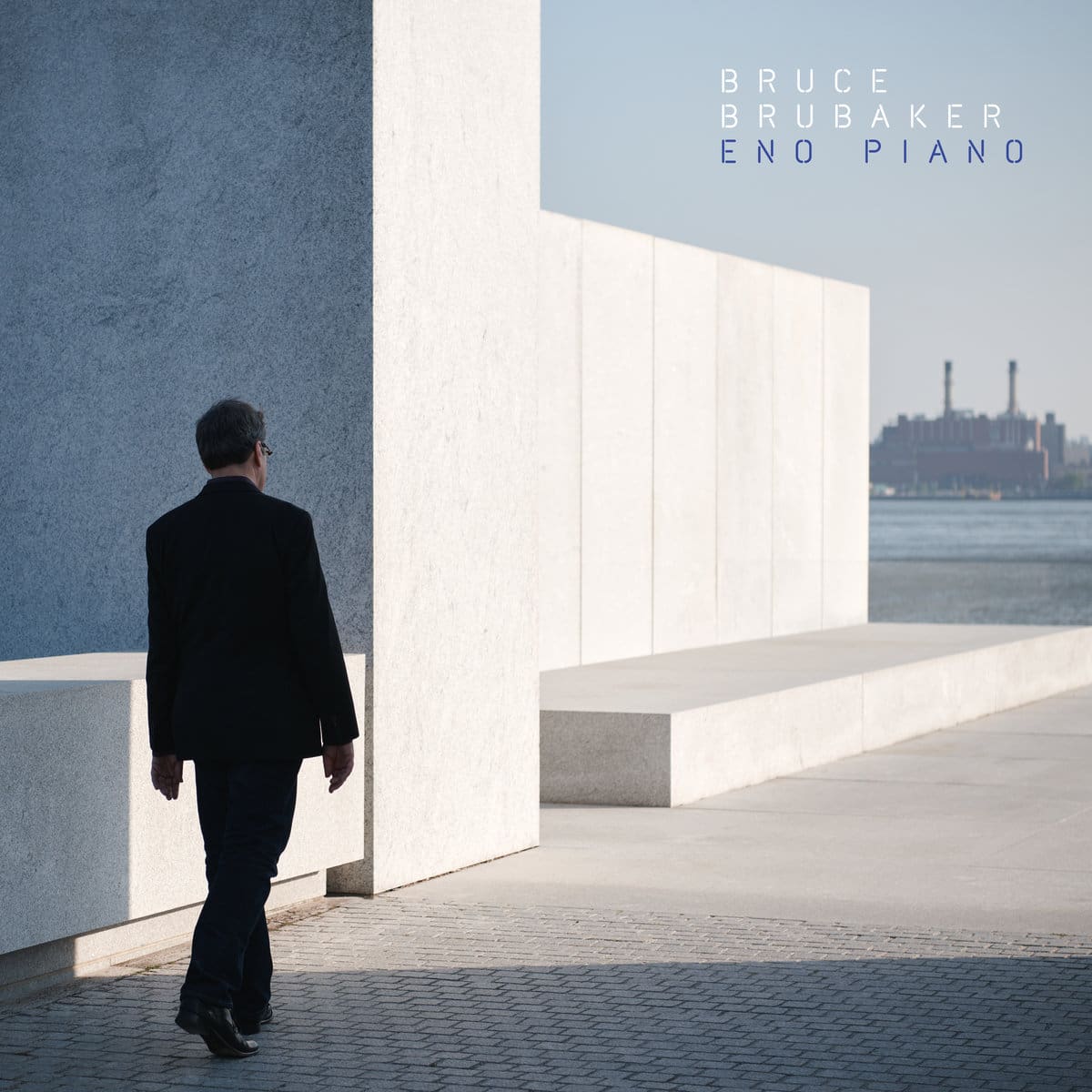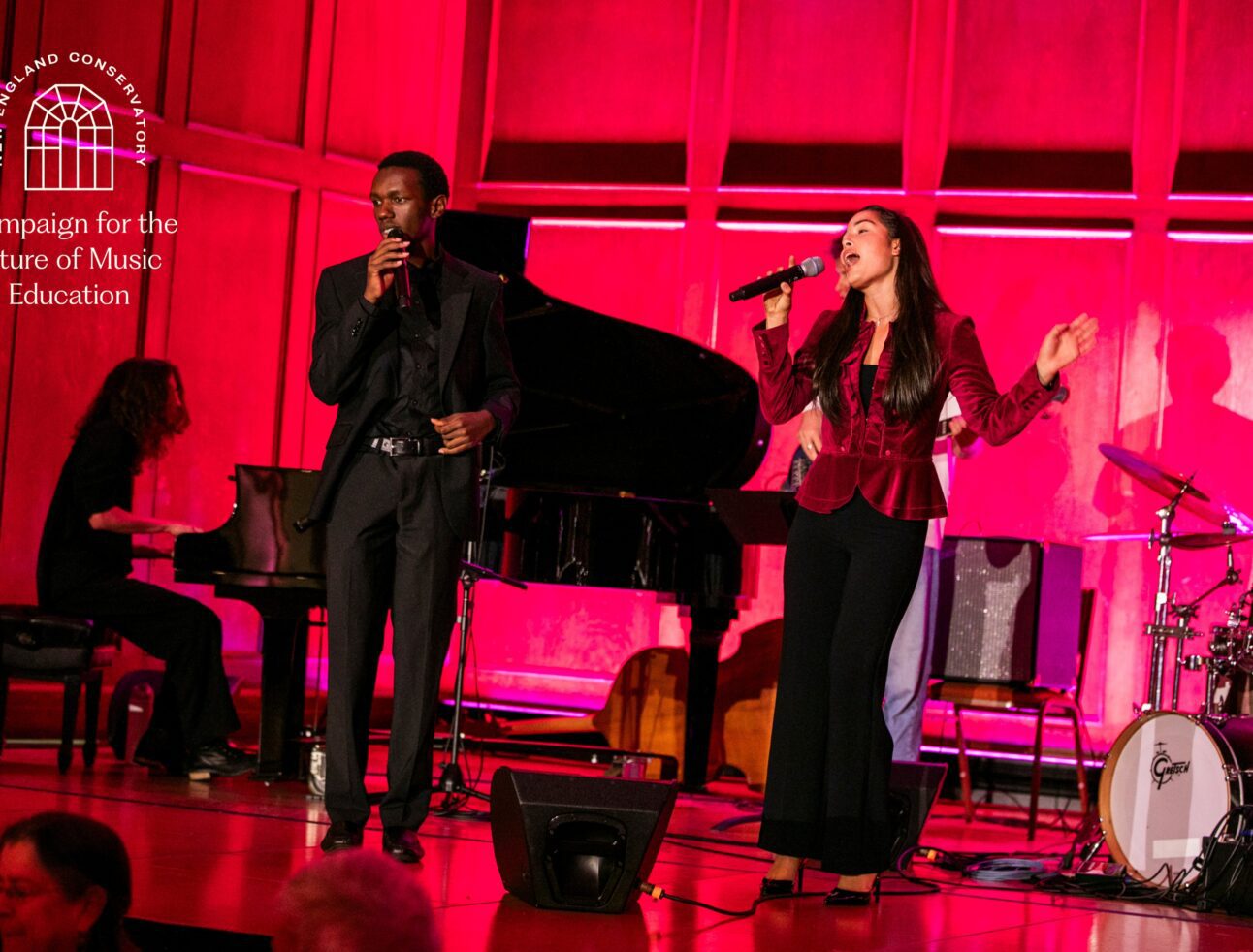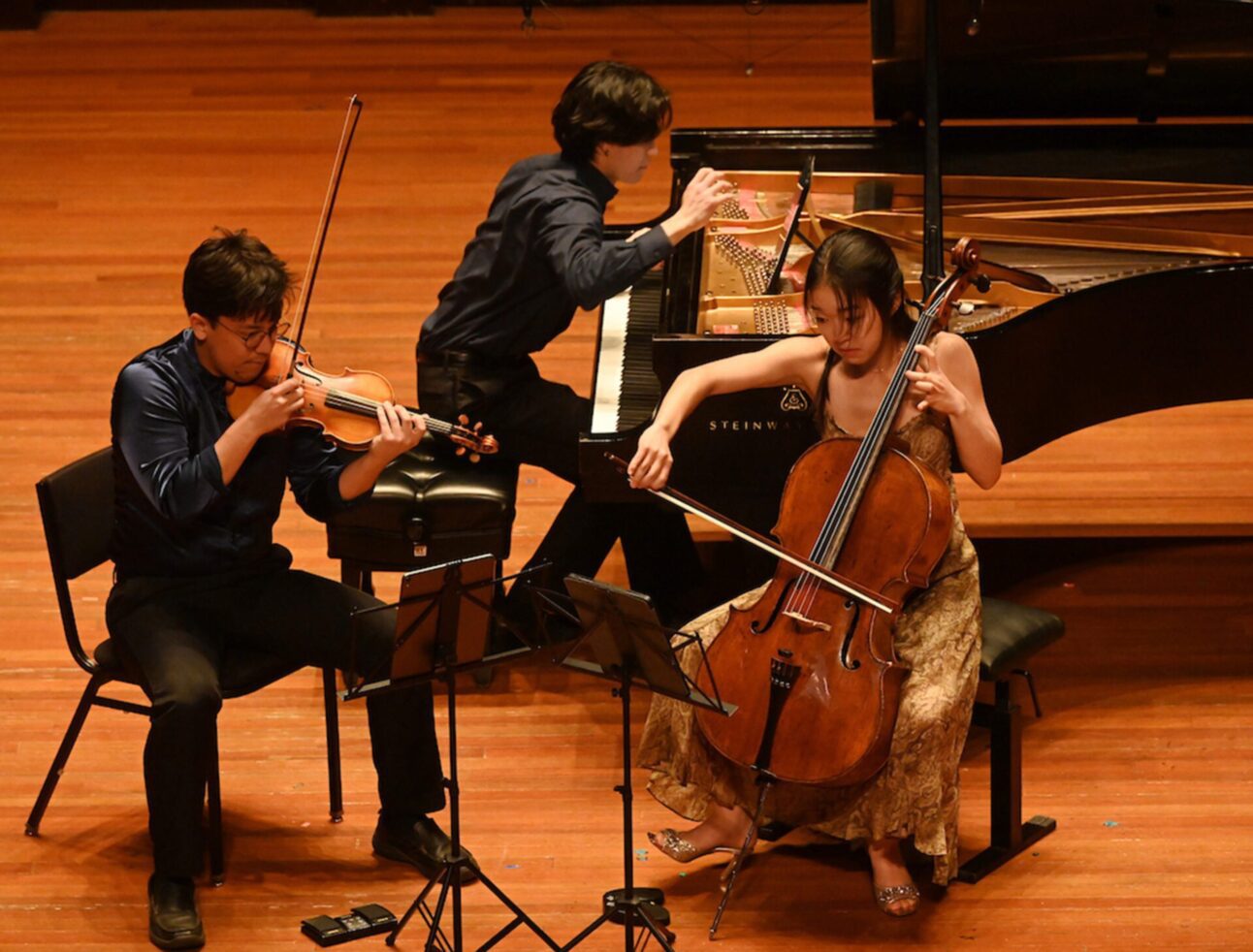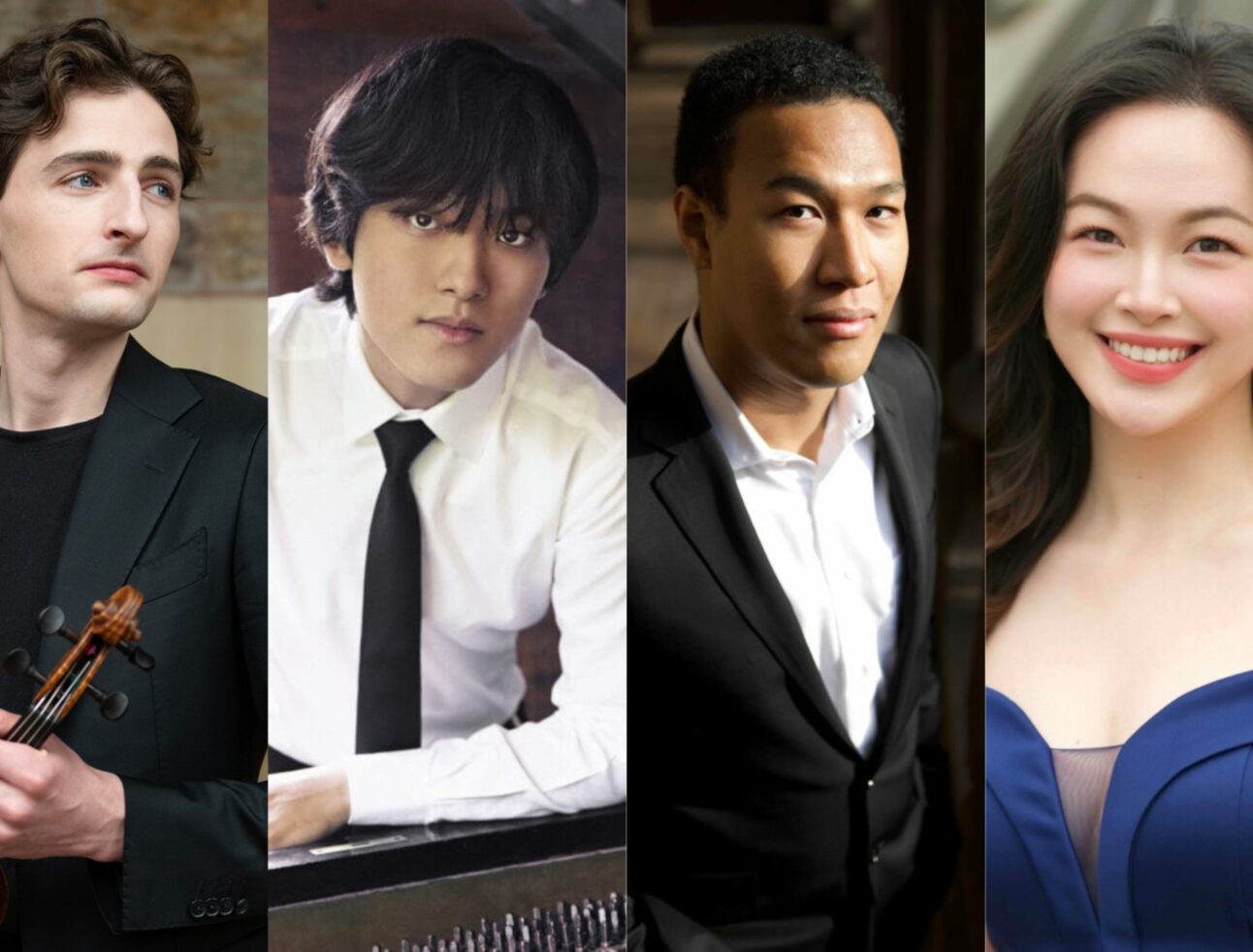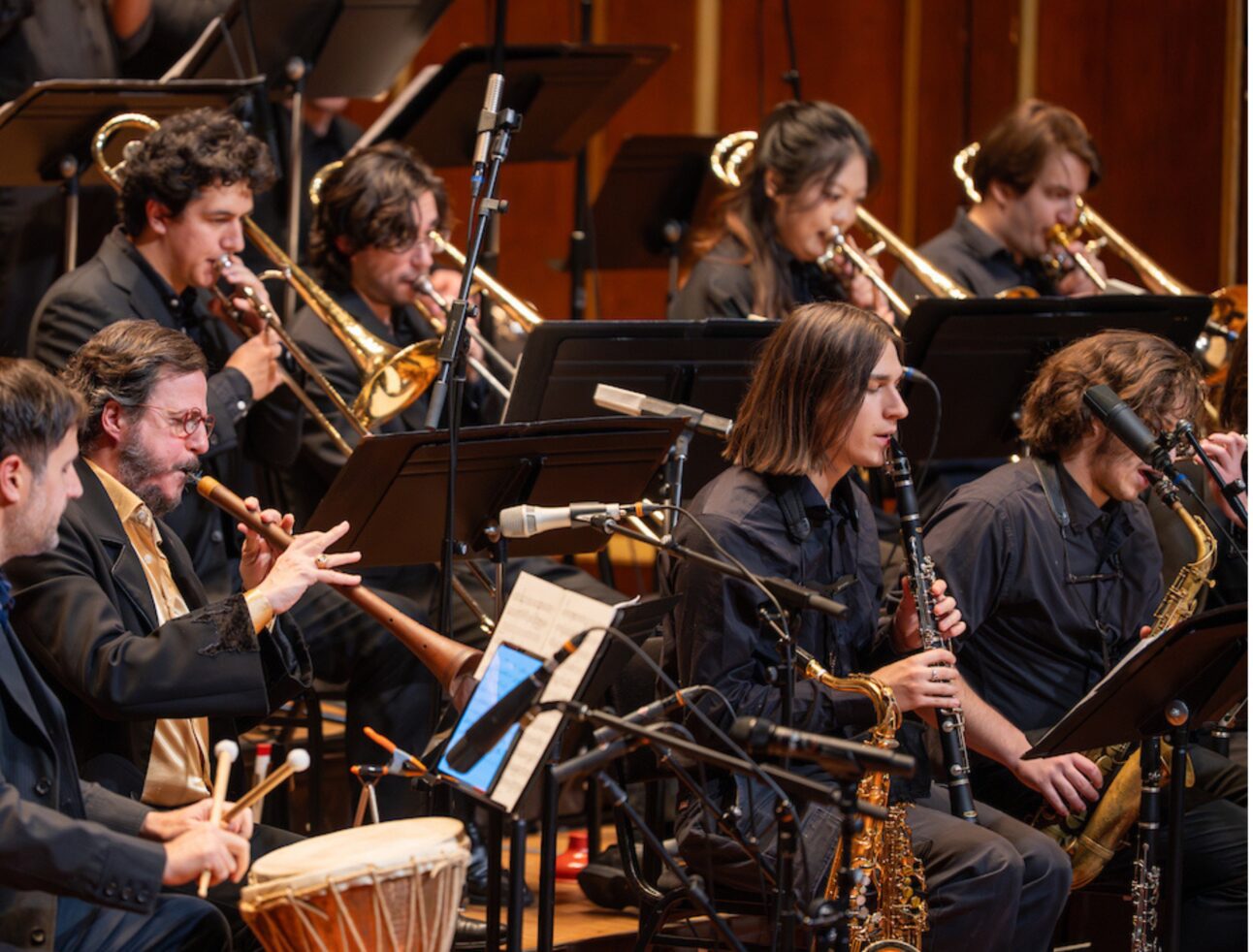Bruce Brubaker’s upcoming album “Eno Piano” reinterprets Brian Eno’s seminal work “Music for Airports,” creating a transformative sonic experience that challenges traditional notions of piano music.
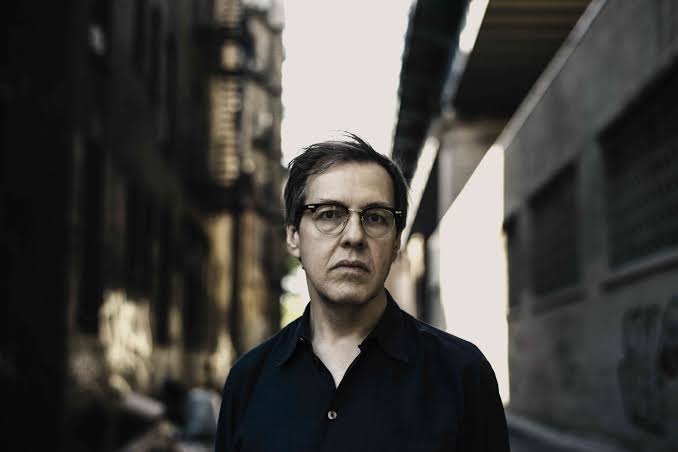
Throughout his career, acclaimed pianist and NEC faculty Bruce Brubaker has been drawn towards minimalism, evidenced by his work with modernist luminaries such as Philip Glass, Meredith Monk, and John Cage. On November 10, InFiné will release Brubaker’s highly anticipated album Eno Piano, which includes a reinterpretation of select tracks from Brian Eno’s groundbreaking Music for Airports and three shorter Eno pieces. While preserving Eno’s spirit, Brubaker recontextualizes the iconic album and its loops into a new artistic experience, using a single instrument, the piano. According to Brubaker, the album was made to enter the 21st century and “provide something that would be of our moment.”
Minimalism as a genre has often been seen as a reaction to the complexity of music in the 20th century. Students who study with Brubaker, many of whom are “deeply immersed in the traditional ‘classical’ repertoire” and plan on making piano their career, can struggle with minimalism and its philosophical trappings. Eno Piano may offer these students an opportunity to listen to newer music and become curious about the musical processes involved.
For Brubaker, minimalism represents a profound change in Western European classical music. The stripping away of ornamentation, harmony, and counterpoint had less to do with a desire for simplicity and more to do with the discontinuation of using music as a way to tell a story. “In the best examples of minimalism, there isn’t much of a goal,” Brubaker says. “Instead of some kind of a model that would give you a beginning and a middle and an end, it’s really just the middle.”
In this sense, minimalism mimics life. “I think [minimalism] is so attractive because it corresponds to our experience. We don’t remember being born. We haven’t died yet. We’re in the middle.”
This struggle with the unknown characterizes music by artists such as Terry Riley, Steve Reich, and Philip Glass from the 1960s and ‘70s. Brubaker points out that Eno hasn’t always been seen as a part of the minimalist movement. “His music doesn’t really lend itself to performance by people trained with musical notation because there isn’t any notation.”
Though Eno originally published Music for Airports with a graphic score, Brubaker did not use it for the album’s recording. Instead, he had the transcription assistance of Simon Hanes. Once a basic score was complete, Brubaker made additions. The process was complex. “One of the things about the original studio recording, which was produced in the ‘70s, is that there are many layers of ambiguous sounds, and it isn’t always clear what should be included or what should be omitted or what could be omitted.”
As with the transcription of a jazz solo, Brubaker wanted to take Eno’s elements and allow himself to add and shift as he saw fit. However, the more he played with the score, the less satisfied he was. “In the end, [the album] corresponds closely to what happens, in terms of the order of events that occur in the original.” Nonetheless, Brubaker thinks that his recontextualization of the piece’s layers offers 21st-century audiences, new and old, something fresh.
This journey brought with it a depth of contemplation for Brubaker. “One of the things that I’ve been thinking about is that in my imitating, or in my re-inhabiting this world, I might be imitating something that was an imitation to begin with.” In some of Music for Airports, notably the first piece, there are recognizable piano sounds that sound melodic but are an incidence of two or three people playing simultaneously. Brubaker says, “The level of reality in that music is already ambiguous because even though it sounds like a human performance, it’s not…it’s something that was already manipulated.”
@pianomorphosis "'Music for Airports 2/1,' the first single from my new album 'Eno Piano,' has been released. I'm delighted to share the news of this album, a reinterpretation of selected tracks from Brian Eno's ambient masterpiece 'Music for Airports.' The album is set for release on November 10th and is now available for pre-order in Vinyl, CD, and digital formats." #piano #ambient #outnow#pianosolo #pianoplayer #calm #brianeno #aesthetics #musicforairports #ambientmusic #music #travel #brucebrubaker #musichistory #synthtok #steinway #grandpiano #steinwayandsons #steinwaypiano #pianomusician #pianolovers #nycmusicians #steinwaypiano #infine ♬ original sound – pianomorphosis
In the album, Brubaker wanted to explore Eno’s original tape loops, especially the more evident loops in the first track on Music for Airports. “Repetition is a form of change,” he says. “I think that’s very important to…all kinds of repetitive music or art. One of the points of that little aphorism is that even if something is repeated, as you hear it, you have slightly changed your position in regard to that material. Time has gone by. The context is different. Even if it is literally repeated, it’s not the same thing anymore.”
Returning to Eno’s work in the 21st century meant that the context would be different. While the intention had been to stick to a fairly literal recreation, Brubaker found himself “trying to play something that felt less predictable.”
Brubaker met French sound designer Florent Colautti. Brubaker says, “[Colautti] was already working on an electromagnetic device that could be suspended over a piano string and provoke it to vibrate.” The device, controlled by a tablet, allowed the musicians to make individual strings inside the piano vibrate, producing a clear fundamental pitch or emphasizing overtones.
In the studio, Brubaker’s sound engineer and recordist, Martin Antiphon, prepared a control track to be played through the electromagnetic bows. Instead of a traditional key strike, listeners hear gentle vibrations. “Essentially,” he says, “signals were turning the bows on and off in a fairly ambiguous, non-obvious way…creating all kinds of sounds that were the result of many things vibrating, not just one string.”
This might surprise listeners prepared for the normal sound of a piano, which involves striking a string with a felt “hammer.” Brubaker explains that “the main thing that your ear associates with the sound of a piano is a long decay. The attack is very clear, and then there’s a steady decay. The piano is a great big diminuendo machine.” With the new technology, notes can be sustained without decay and even get louder, which, according to Brubaker, is “the thing every pianist wishes they could do.”
With only a few days until Eno Piano releases, Brubaker says, “I hope people will listen…Ambient music can be used or heard in many ways. You can allow it to be just a background, totally ignore it, or I think you can also listen to it more attentively.”
According to Brubaker, it is the listener that actually makes music. “[Music] is like an electrical circuit. The completion of the circuit happens when you receive sound waves, and they go inside of you, your mind interprets them, and then that’s music…As a result, every person is hearing something that is their own completion of that art. Each one is different, and I think that’s quite a good thing.”
In listening to this album and other minimalist works, Brubaker hopes his “students develop a bigger sense of their work as artists. So perhaps, eventually, they might not say that they are pianists or even musicians — I hope they can be artists.”
In delving deep into the heart of Eno’s work, Brubaker’s dedication to this album shines through, leaving both newcomers and seasoned listeners with a thought-provoking experience. For those eager to stay immersed in Brubaker’s musical world, visit his website at https://brucebrubaker.com/.
